11 Tips for Successful Weight Loss That Lasts
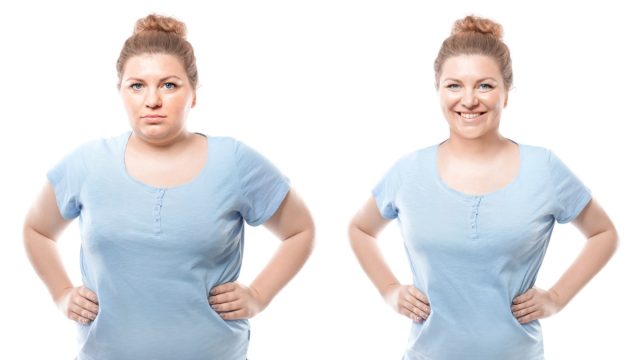
If you're trying to lose weight, you are not alone! A 2022 YouGov survey revealed that 52% of the world's adult population is usually trying to lose weight and often adopting extreme and unhealthy diets to do it. Unfortunately, yo-yo dieting tends to actually lead to weight gain, poor body image and can impact negatively on your health.
I'm Arabella Featherstone, a qualified fitness instructor and personal trainer. I'm also an expert in fitness, nutrition, and weight loss management. In my practice, I'm promoting healthy and mindful eating, nourishing your body with love through food, and incorporating fitness into an active and healthy daily routine. I believe that by doing this people can achieve a healthy weight, strong bodies and minds and a good level of fitness, without always being hungry. Here, are my 11 weight loss management techniques that will offer lasting results and improve your health and wellbeing.
Focus on Health, Not Weight
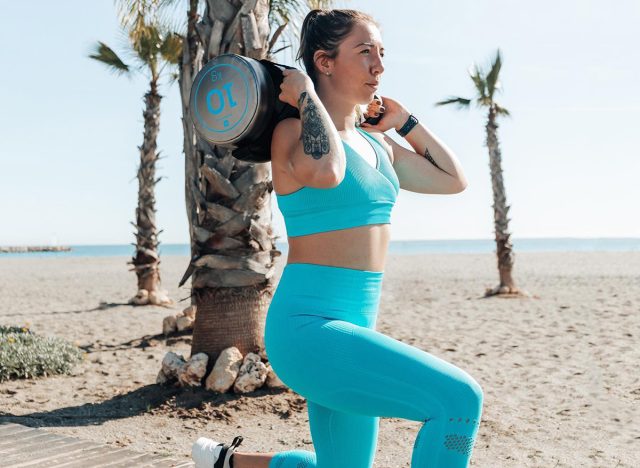
Take a more holistic approach to wellness and focus on positive changes that help you feel good from the inside out, rather than fixating on a particular amount that you want to lose or a goal weight you must reach.
Focus on food and fitness and learn about good nutrition so you know how to feed your body and mind with love. Incorporate daily movement into your life in different forms, depending on how you feel and how you want to feel.
Take a look at your habits and discover unhealthy patterns and bad relationships with certain things. Then, implement strategies to change them into healthier habits. This will help you develop lasting change and support your weight loss goals.
Celebrate your progress and understand the difference between weight loss and fat loss. Remember you do not need to lose weight to be happy and strive to do things that will make you healthier and feel better.
Educate Yourself so You Can Understand How to Get Your Nutrition Right
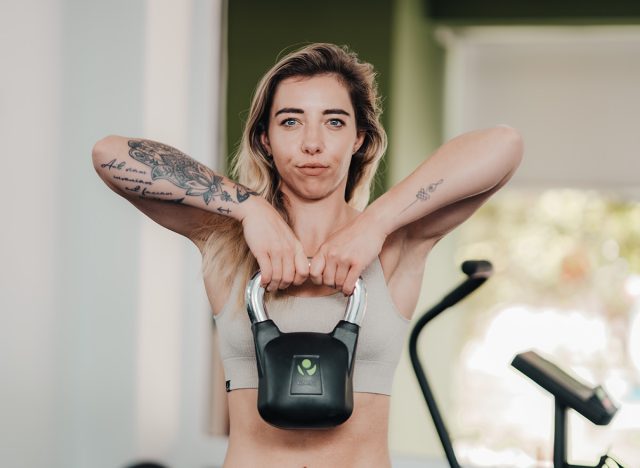
There are loads of great resources out there to help you learn how to eat healthily, and I'd recommend that you get informed and educated. It's vital that you understand the importance of healthy eating. Once you know the benefits that a balanced diet can have on your physical and mental health, you will start to make better choices.
In general, I'd recommend the following:
- Try to eat food in rainbow colors to get the nutrients you need.
- Try to eat food that's in its most natural form (unprocessed).
- Avoid or reduce your consumption of sugar, fried foods, and alcohol, and choose complex carbohydrates (whole grains, fruits, vegetables, and legumes) over refined carbohydrates (white bread, white rice, and white pasta) as they are often stripped of their fiber and nutrients.
If you're trying to lose weight, you need to be making sure that the calories that you are consuming are less than those you are burning through daily activities and exercise. Aim to eat 300-500 calories less than you're burning each day and you'll start seeing the difference.
It's important to note that you should not be starving yourself, or be hungry all the time. You won't be able to sustain this, it's not healthy and you'll end up losing muscle as well as fat.
If you're not sure how you should be eating, speak to your GP, or a nutritionist, or try a nutrition plan from a trainer like me, who will give you a specific plan to follow that matches food to exercise for the best results.
Go for the Easy Wins and Simple Switches
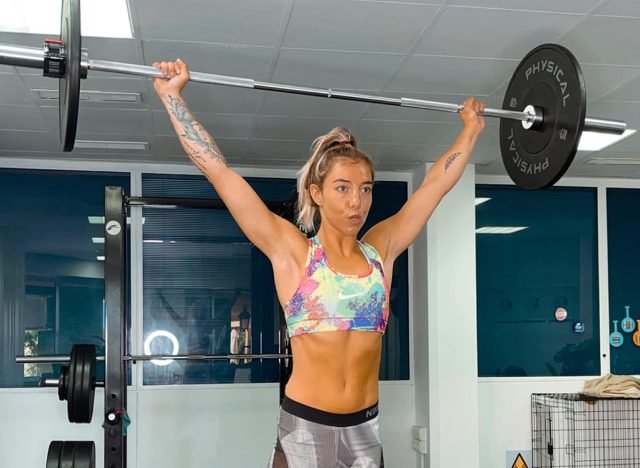
Improving your nutrition doesn't have to be hard and shouldn't feel like a punishment, so start with the easy stuff.
Smoothies are a great way to get more nutrients in when starting on a more balanced diet. Smoothies made with fruit will naturally be sweeter, so may be more appealing to your tastebuds, and they are a quick and easy thing to make. As you develop a better relationship with healthy eating you can begin to add vegetables to your smoothies like spinach or kale.
Sweet potato fries, as an alternative to regular fries, are an excellent way to increase the nutrient content, I recommend sprinkling them with some paprika for a bit of a smoky taste.
Greek yogurt is a good source of protein and probiotics and you can sweeten this with honey or maple syrup and even add some fresh fruit to get more nutrients in.
Try making a switch from highly processed carbs to whole grains. Choosing whole grains over white pasta, rice, and bread can be a good way to add more fiber into your diet.
Keep Track of What You Eat
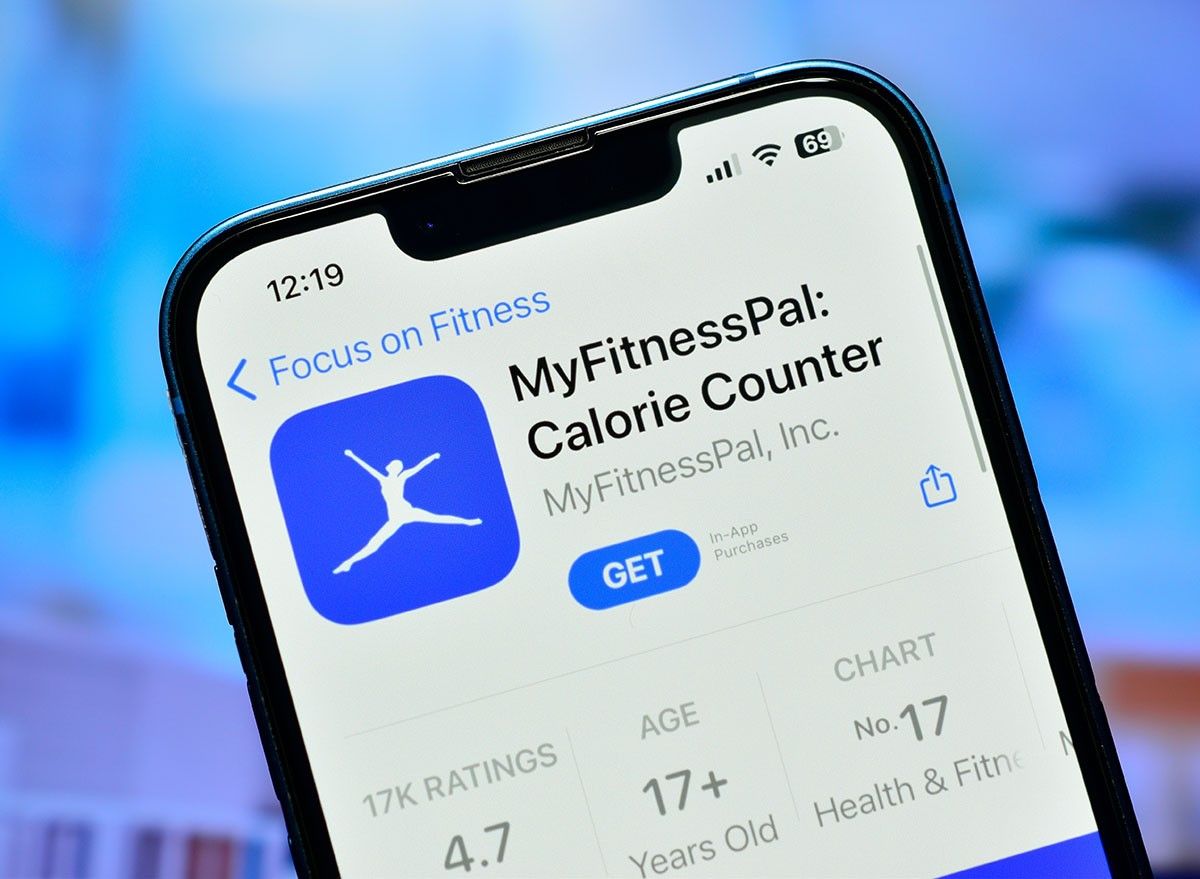
Use a food journal or app to track your meals and snacks. This can help you identify problem areas in your diet and make changes as needed. But don't feel like you have to log your food forever! This is just to start you off on your journey and understand where most of your calories are coming from so you can make informed decisions.
Keeping a food journal is a great way to eat intuitively. Start noticing how food makes you feel while you're eating. You want to focus on the foods that make you feel good and limit those foods that make you feel sluggish or just leave you unsatisfied.
If you find that a struggle, you don't need to count calories or macros to get the right portions for your goals. Instead, just use your hand to measure. This approach will dramatically simplify the eating and tracking process, and it's nearly as accurate as the calorie and macro approaches.
The general idea is this:
- A portion of protein= 1 palm
- A portion of vegetables = 1 fist
- A portion of carbs= 1 cupped hand
- A portion of fats= 1 thumb
You can benchmark your progress with this useful Lean Body Mass Calculator.
Be Patient and Understand That Change and Lasting Results Take Time

Healthy and sustainable weight loss takes time, but it's possible! I think the obsession with the number on the scales should be thrown out of the window. People should focus on being healthier by improving their nutrition, their mindset and by getting active.
90 days is my magic number for any serious change. We should be looking at long-term health and fitness goals, rather than a quick fix, which can lead to extreme measures which are neither healthy nor sustainable.
The aim should be to feel confident, fit, and fabulous for life! Set realistic goals, set yourself up for success and focus on the long-term goal. But, set small targets for yourself to achieve along the way and stay motivated.
The thing is, most people tend to go too hard too fast set a huge goal and get frustrated when they don't see results. Patience is key, and you know what they say – good things take time. If you can commit to being in it for the long run, your chances of success will be much higher. Trust the process and give it time.
Integrate Exercise Into Your Routine
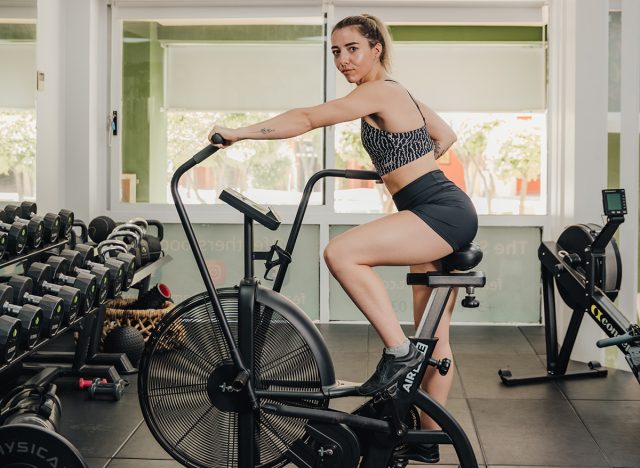
Any form of exercise is good, and it's just about finding things that you enjoy, keeping you active, and managing your weight. I'm very pro resistance (strength) training because it helps to create a stronger mindset, resilience, and mental toughness as well as support bone health, mobility and fat loss.
However, anything that gets you moving is great. Try to walk at least 8,000 steps every day and get involved with activities like dance classes, rollerblading, cycling, and swimming. Running is another great exercise and there are some excellent programs like Couch to 5K, or Just Run, which will help you to get started with running and improve your fitness.
The key is to create healthier habits that are sustainable. You want to feel fulfilled, not restricted, vibrant, and not sluggish. Getting active and being more mindful, and eating intuitively will help you achieve lasting results when it comes to weight loss.
Set up the Optimal Workout Routine for You
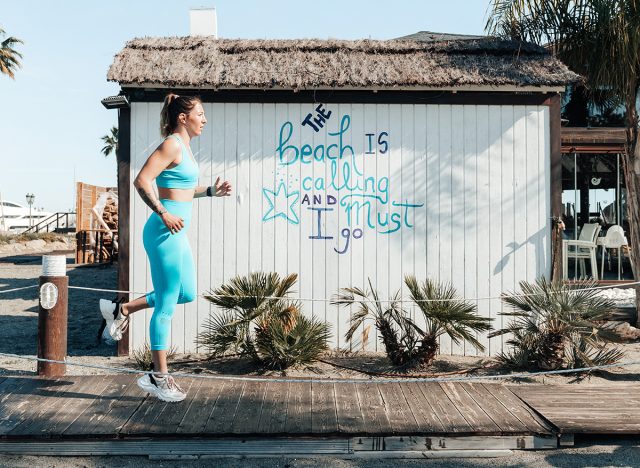
The best time of day to work out can vary depending on individual preferences and schedules and it's important to remember that managing to work out in the first place – no matter the time, is incredible for your overall well-being.
Consistency is key for long-term results, so choose a time that fits well with your schedule and personal preferences. Whether it's early morning, midday, or evening, prioritize regular exercise that you can stick to in the long run.
RELATED: 12-3-30 Walking Method: 20 Proven Tips to Lose Weight Faster
Improve Your Body Image and Practice Self-Acceptance

Research has shown that self-acceptance and a positive body image can have a significant impact on weight loss outcomes. This is because, when we accept and love our bodies, we are more likely to take care of ourselves in a sustainable and healthy way. We are less likely to engage in harmful dieting behaviors or yo-yo dieting, and instead, we adopt healthy habits that we can maintain long-term.
The key is to shift the focus from the number on the scale to our overall health and well-being. When you start exercising and eating healthier because you love and respect your body, you'll begin to notice meaningful changes in your body and mind. It all starts with a shift in mindset and self-acceptance. By embracing self-acceptance and a positive body image, we can create a foundation of self-love and care that supports healthy weight loss goals and promotes long-term well-being.
Increase Your Protein Intake
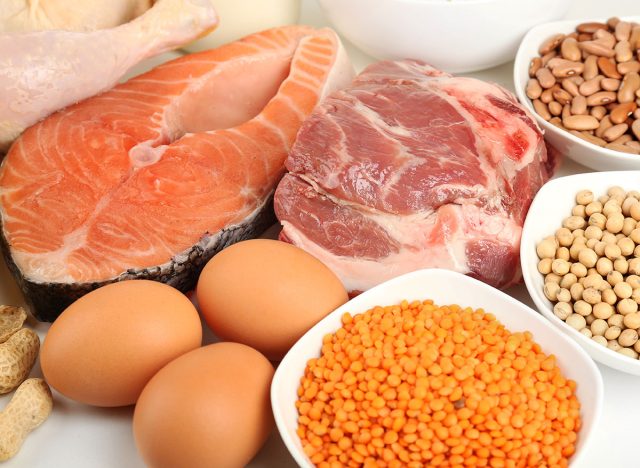
The connection between protein and weight loss comes from a few different attributes of protein.
It is digested more slowly than carbohydrates and fats, which means it can help slow down the absorption of sugar into the bloodstream. This can help reduce blood sugar spikes and crashes, which can lead to cravings and overeating – resulting in weight gain.
Protein helps you feel fuller than the other macronutrients, which can help you to avoid overeating and by helping you maintain a calorie deficit.
Protein has a higher thermos effect compared to carbohydrates and fats, which means the body burns more calories during the digestion process. This slight increase in energy expenditure can contribute to weight loss efforts.
When getting fit and aiming to lose weight protein is definitely key. Protein = increased satiety = keeps you fuller for longer, which means you'll experience reduced hunger and fewer cravings, which can help with weight loss by reducing overall calorie intake.
RELATED: 15 Quick Ways to Lose Body Fat Percentage in a Week
Practice Mindful Eating

Mindful eating means that we really focus on the food we're eating and fully enjoy and experience it. This helps us eat only when we really want and need to. It allows us to receive the body's messages that it's full and make better choices about the food we eat. Once you get used to eating in this way, you'll find it easier to distinguish real hunger from a craving and get back into control of your eating habits.
RELATED: 15 Delicious Foods That Are Healthier and Cheaper Than Fast Food
Drink Plenty of Water and Get Enough Sleep

These are two crucial and easy things we can do to feel better and aid with weight loss. Staying hydrated can help you feel fuller and more satisfied, which can prevent overeating. Aim for a minimum of 2 liters (8.5 cups) per day. Lack of sleep can lead to overeating and weight gain, so make sure you're getting enough rest each night. Aim for 7-9 hours.
💪🔥Body Booster: Try to walk at least 8,000 steps every day and get involved with activities like dance classes, rollerblading, cycling, swimming, or running. The key is to create healthier and sustainable habits.
Arabella Featherstone is a leading fitness trainer and coach from Feathers Food & Fitness with the vision and drive to help people and transform her clients' bodies and minds through fitness and nutrition. Her classes and online training are based around strength training and she offers 28-day, 6 week and 12-week bespoke wellness plans to take you achieve your fitness goals, transform your mindset and improve your health. Her free e-book Unleashing the Strength Within is now available on her website www.feathersfoodfit.com




